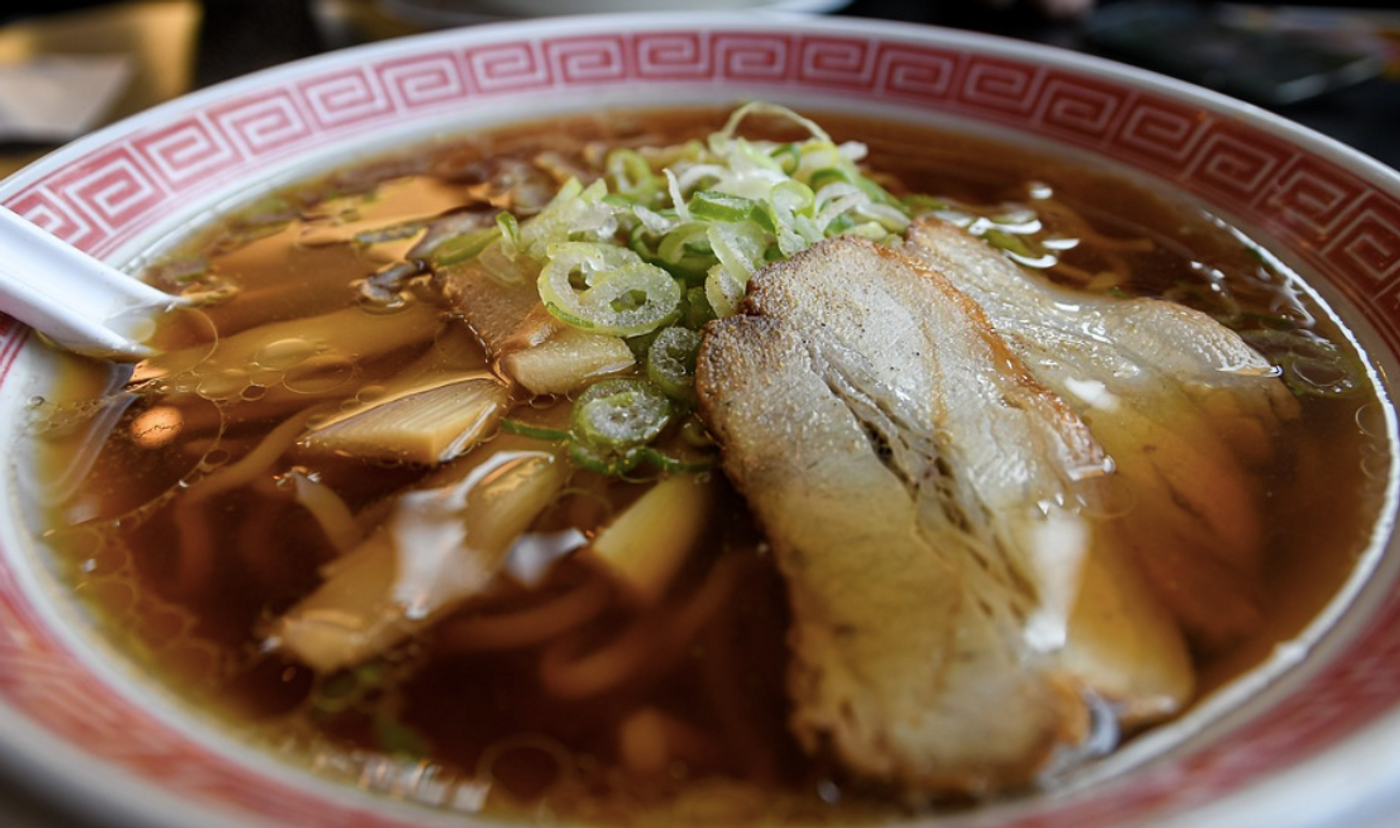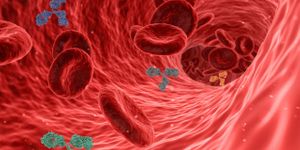Understanding the Mechanisms of Umami Taste
In the early 1900s, Japanese scientist Kikunae Ikeda suggested that umami was a basic taste, like bitter, salty, sour, or sweet. It took about eight decades for the scientific community to officially recognize umami flavor sensations. Umami is described as a savory, broth-like flavor. Now researchers have evidence of this sixth basic taste, which is stimulated by a protein receptor activated by ammonium chloride. This is the same protein receptor that senses sour tastes too. The findings have been reported in Nature Communications.
Salt licorice has been popular in some countries in Northern Europe for many years, and it contains ammonium chloride or salmiak salt. So Scandinavian residents may be familiar with this taste, noted senior study author Emily Liman, a neuroscientist at USC Dornsife.
Scientists have long known that the tongue has a strong reaction to ammonium chloride. Recent work has also shown that the protein that is crucial for sensing sour tastes is OTOP1; this protein is located in cell membranes and acts as a channel to move hydrogen ions into cells.
Acids, which contain hydrogen ions, taste sour to the tongue. For example, vinegar is diluted acetic acid, and citrus fruits contain ascorbic acid. The hydrogen ions from these foods or ingredients get into cells through the OTOP1 channel. Because ammonium chloride can emit low levels of ammonia, it can affect hydrogen ion concentrations in a cell. The ammonia raises the pH and reduces hydrogen ion levels, so the team thought ammonium chloride might also activate OTOP1.
The researchers engineered human cells in culture to express OTOP1, then exposed them to acid or ammonium chloride. The OTOP1 channel was significantly activated by exposure to ammonium chloride, even moreso than by acid in some cases.
"This pH difference drives a proton influx through the OTOP1 channel," explained first study author Ziyu Liang, a graduate student in the Liman lab.
Next, the team measured electrical impulses in taste buds from a normal mouse model, and one that was engineered to lack OTOP1 expression. Ammonium chloride could generate electrical impulses in taste bud cells from normal mice, but in those lacking OTOP1, there was no response. There was no signal in the nerves of these mice either.
The normal and engineered mice were also given water that contained low levels of ammonium chloride. Normal mice would not drink this flavored water, while the engineered mice lacking OTOP1 drank the flavored water without issue, even when concentrations were very high.
"This was really the clincher," said Liman. "It shows that the OTOP1 channel is essential for the behavioral response to ammonium."
Additional work also revealed that some animals carry a more sensitive form of OTOP1. This might help these animals to avoid harmful substances. For example, chicken have a much more sensitive OTOP1 compared to zebrafish. Ammonia can be found in biological waste, and these differences may reflect what these animals encounter in their environment.
"Fish may simply not encounter much ammonium in the water, while chicken coops are filled with ammonium that needs to be avoided and not eaten." However, noted Liman, more work will be needed to confirm these findings.
Sources: University of Southern California, Nature Communications









